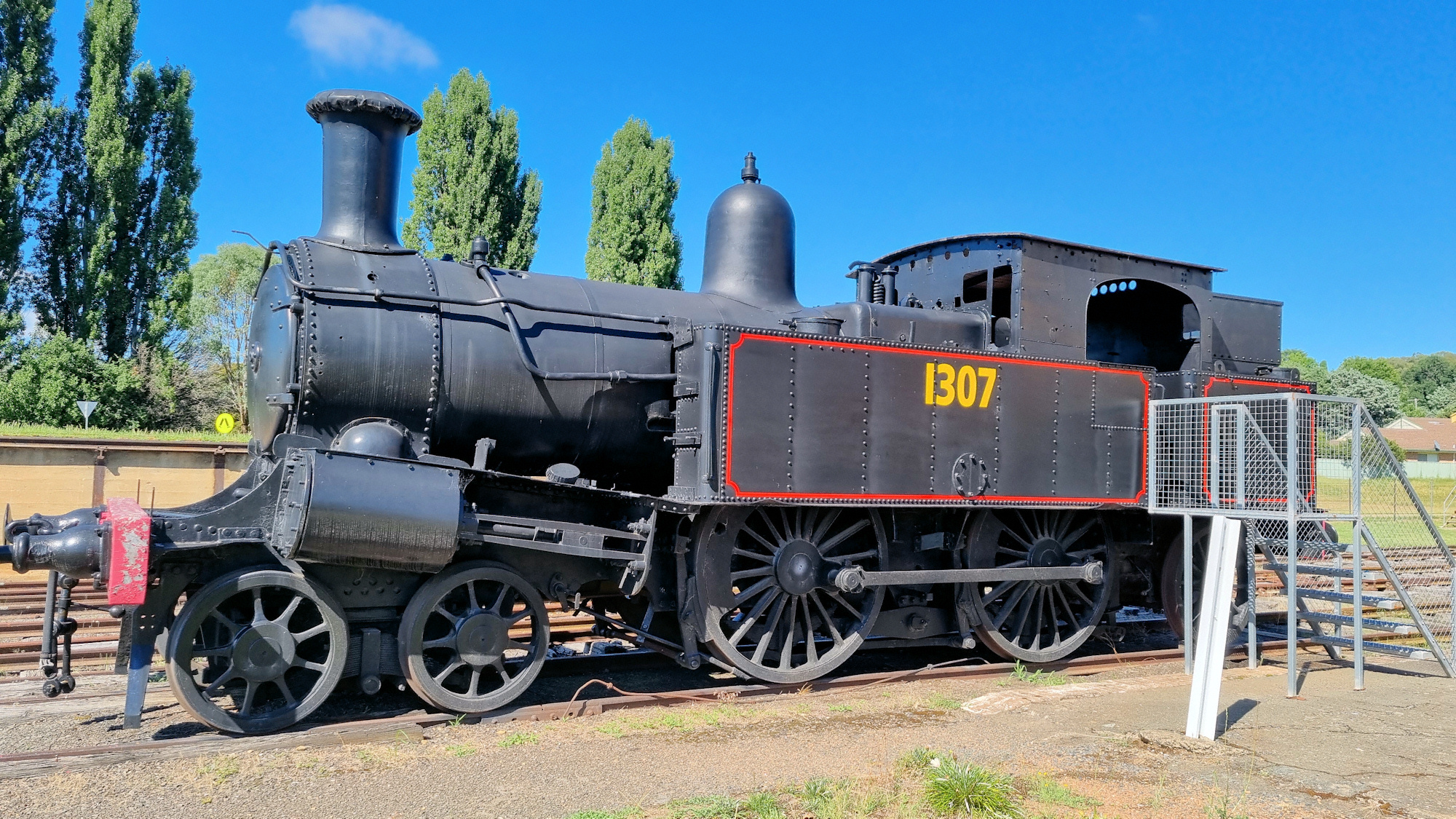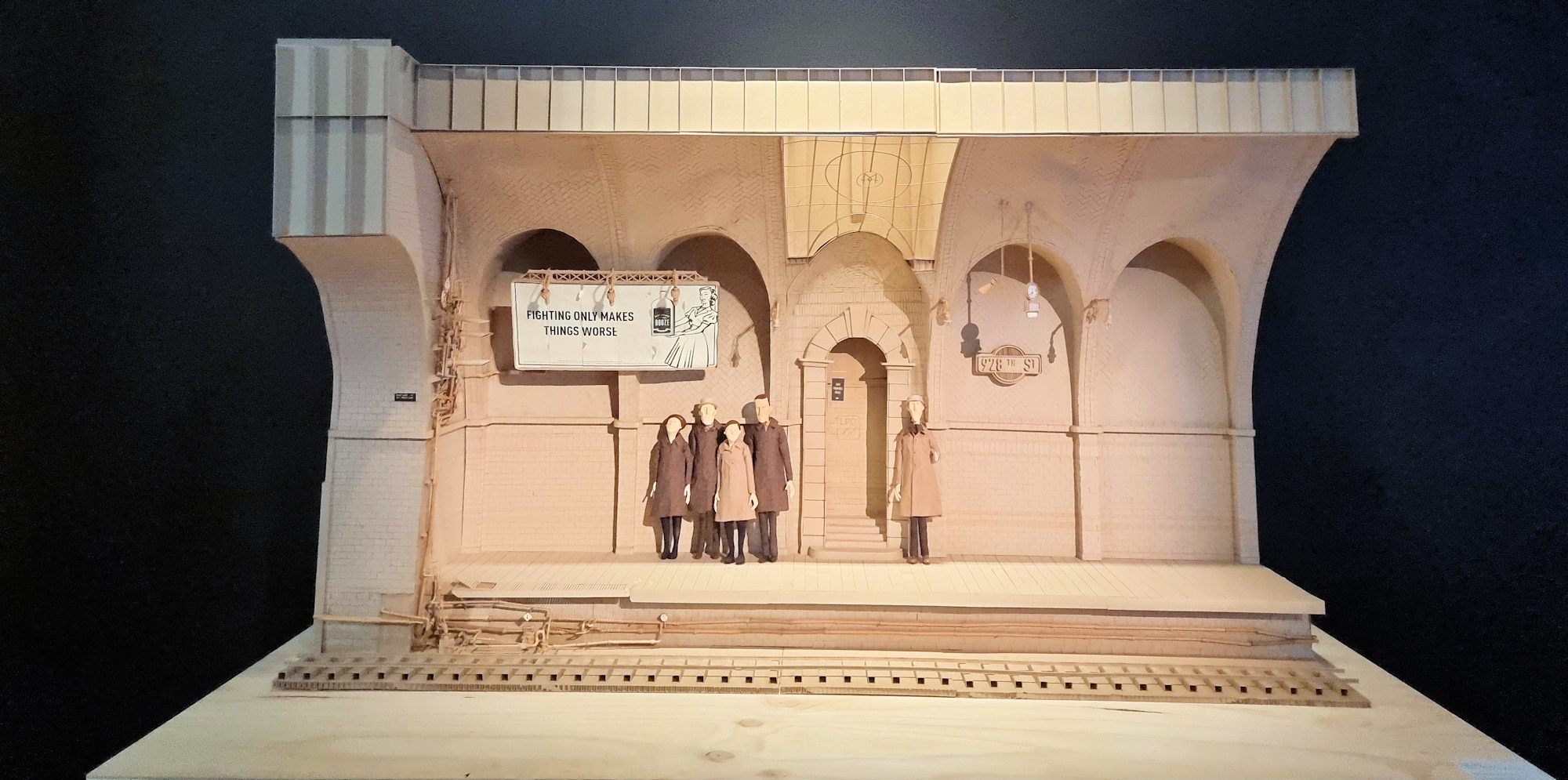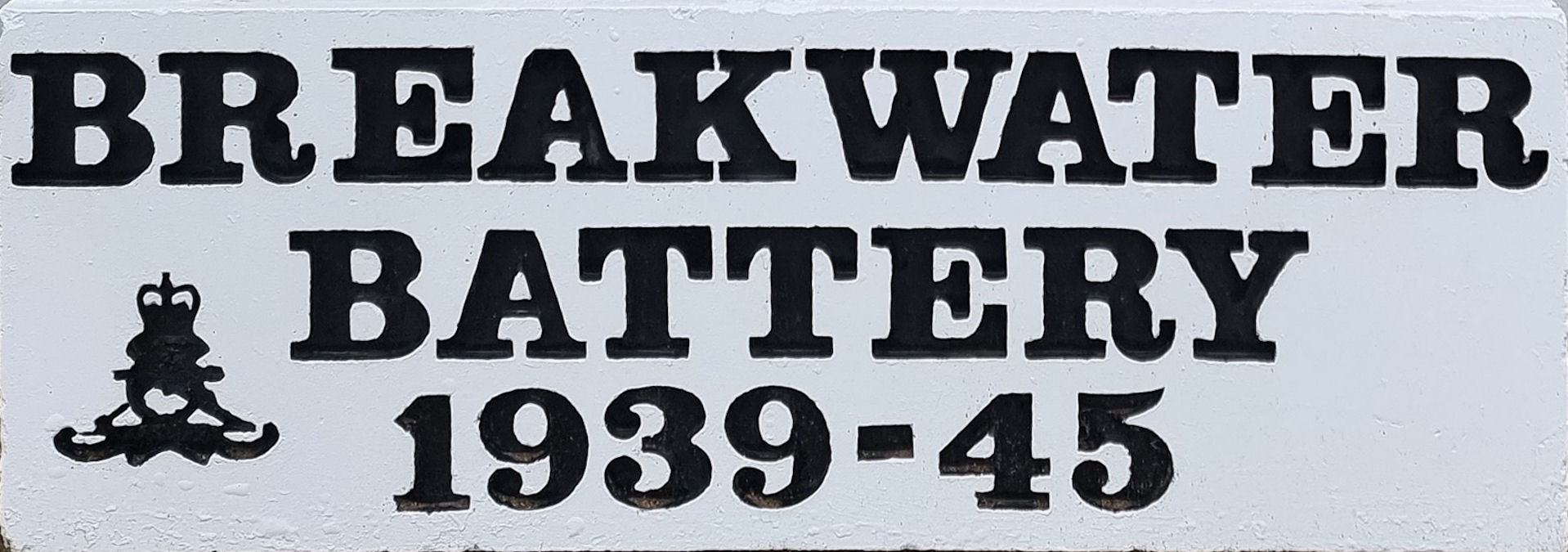Category: Museum
-
Yass Railway Museum

Yass Railway Museum Located in the old Yass Town railway station, the Yass Railway Museum displays some of the old rolling stock that used to work here. The main rail line passes four kilometres to the north of Yass, because two river crossing would have been needed to bring it through town. Because of this,… Read more
-
Maitland Regional Art Gallery 2022

Maitland Regional Art Gallery January 2022 Our visit to the Maitland Regional Art Gallery in January 2022 was a chance to see the galleries’ latest exhibitions. Three of the four will stay until February, but one is due to be replaced by the Archibald Prize paintings. An unusual display was the models used for a… Read more
-
Port Kembla Heritage Park

Port Kembla Heritage Park Containing many large artefacts from Port Kembla’s military and industrial past, the Port Kembla Heritage Park is both an interesting and educational to visit. We parked at the end of Gloucester Boulevard, although you could also use the carpark at Foreshore Road. The area formed an integral part of the defences… Read more